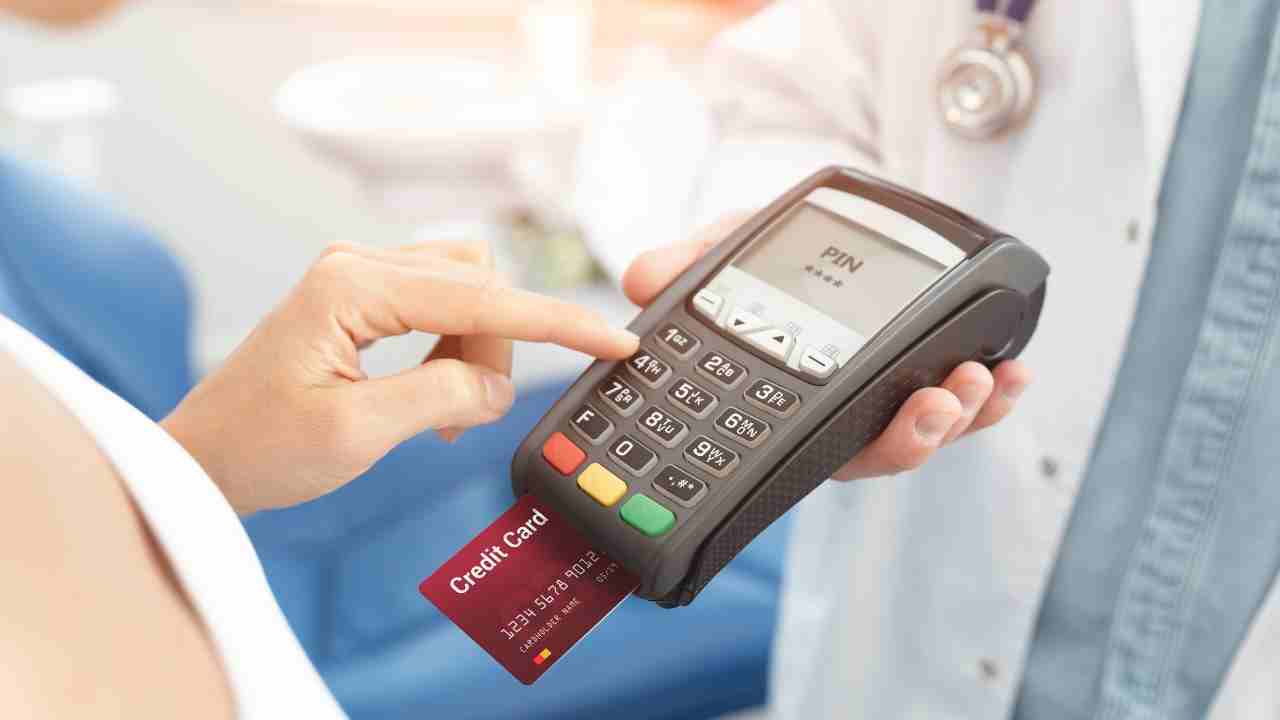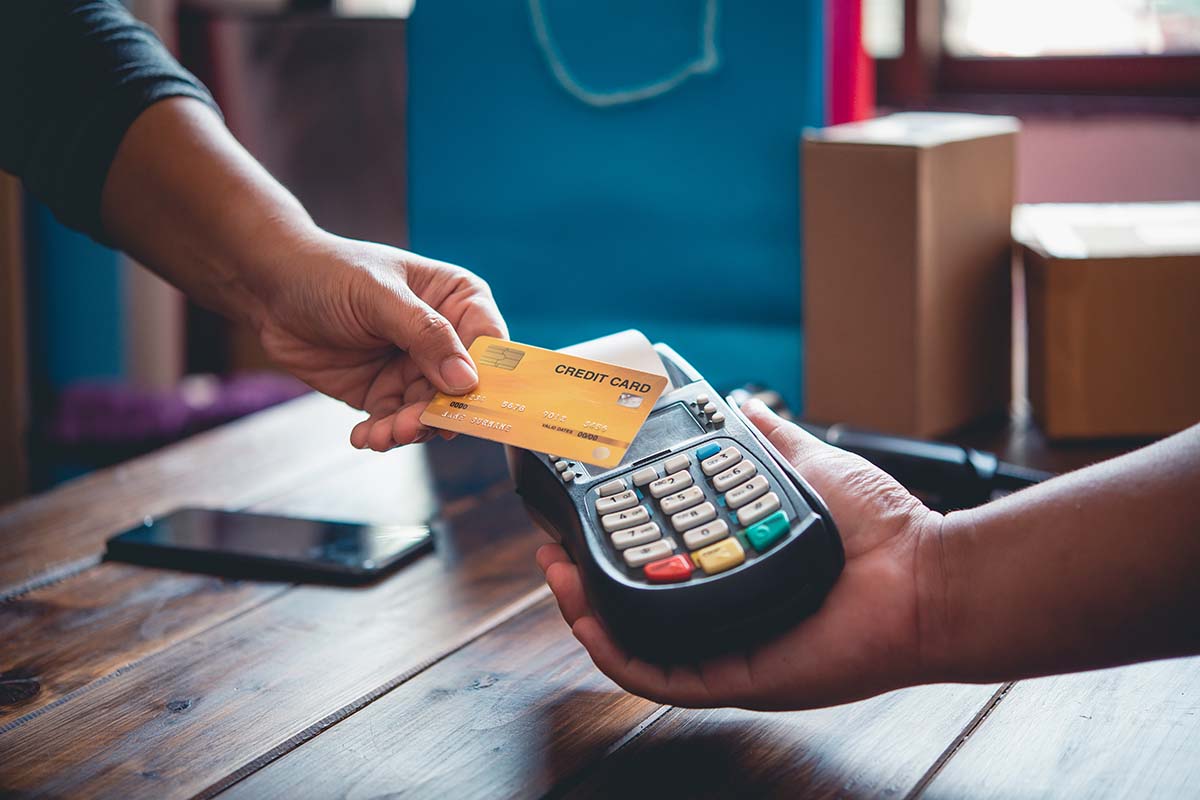
They can’t be duplicated in traditional ways, and as long as your reader encrypts all the data it receives, EMV protects against identity theft as well. Counterfeiters can thus easily convert them into cash.ĮMV chips generate a new transaction number every time they’re used. Magnetic stripes are easily replicated because they store information that never changes. The only way to insure yourself against liability is by processing EMV cards, but not doing so is doing your customers a disservice too. The 2015 liability shift placed responsibility for card fraud firmly on business’ shoulders if they lacked EMV technology. For this reason, EMV implementation is the only way to lay the foundation for future advances.Īlthough the United States only implemented EMV as a national standard recently, many facets of it are already mandatory. These techniques are often misunderstood to be independent of EMV, but they’re actually extensions of chip and sign cards.
#Payment processing Bluetooth#
In simple terms, EMV chips are like tiny computers that carry and transfer information to and from mobile devices.Ĭontactless mobile payments can be achieved with NFC (near-field communication) or the more advanced Bluetooth technology. The security offered by the EMV technology in use today is unparalleled, and while mobile card processing will soon be the new global standard, the only way to gain that functionality is through EMV implementation.ĮMV is the technology created by Europay, MasterCard, and Visa to allow terminals to connect directly with a card’s microchip, which generates a cryptogram to prevent fraud and theft. Today’s retailers are thus left with only two options: to introduce EMV payment systems as a foundation for the coming years or sink under the weight of the innovations that are about to dominate the business world.

These systems will soon use palm vein patterns and iris recognition without the need for batteries.

Contactless payment systems with the biometric authentication were introduced to Asian markets in April 2017. Mobile processing will one day create the first truly cashless society. Much of the POS industry’s future will simply be more widespread versions of the technology that’s already available today. The next growth spurt will come from online card payments processing, as mobile wallets, transportable point of sale devices, and biometric security systems overtake the market Preparing for Tomorrow's Payment Processing Technology Today Today’s systems use radio frequency identifications, antennae, and microchips to process payments anywhere at any time. Neither credit card companies could have imagined how far their innovations would evolve. By the time the swinging Sixties rocked and rolled their way into the world, MasterCard and Amex were thriving. When John Biggins developed the first credit system in 1946, charge cards were nothing more than rudimentary slips of paper, but within four years, the credit industry was booming.ĭiners Club was first to jump on the bandwagon, followed swiftly by American Express in 1958.

SumUp’s technology encrypts data while processing paymentsĬredit card processing has come a long way since its dinosaur days as a Western Union-issued metal plate that offered neither credit nor convenience. How a POS system provides actionable analytics


 0 kommentar(er)
0 kommentar(er)
